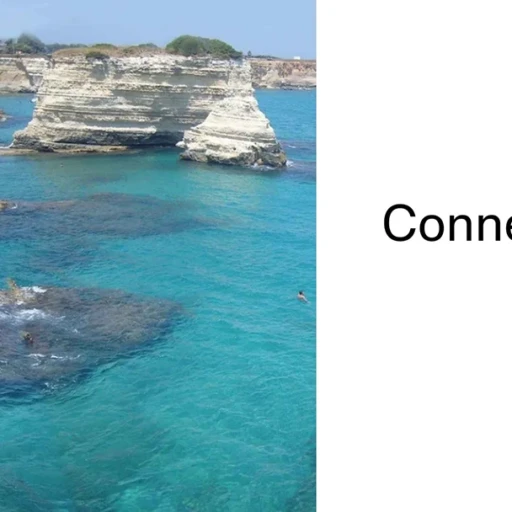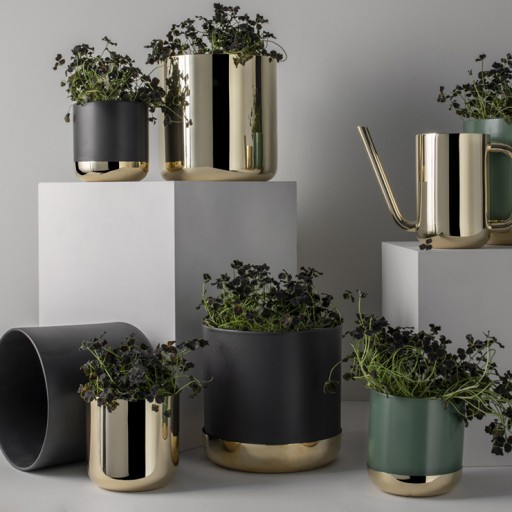Global warming is one of the biggest challenges facing the planet. The Earth’s average temperature has increased by 1.2 degrees Celsius since the late 19th century, which is why the UN is drawing attention to the issue yet again. It’s time to take action in big and small ways.
Cities are a key area that requires action. Approximately 70% of the global population live in urban areas, and that number is on the rise, which means so is the Earth’s temperature.
Human activity, traffic, urban design, and building materials heat up buildings and asphalt during the day. This heat is released at night, resulting in what are known as heat islands.
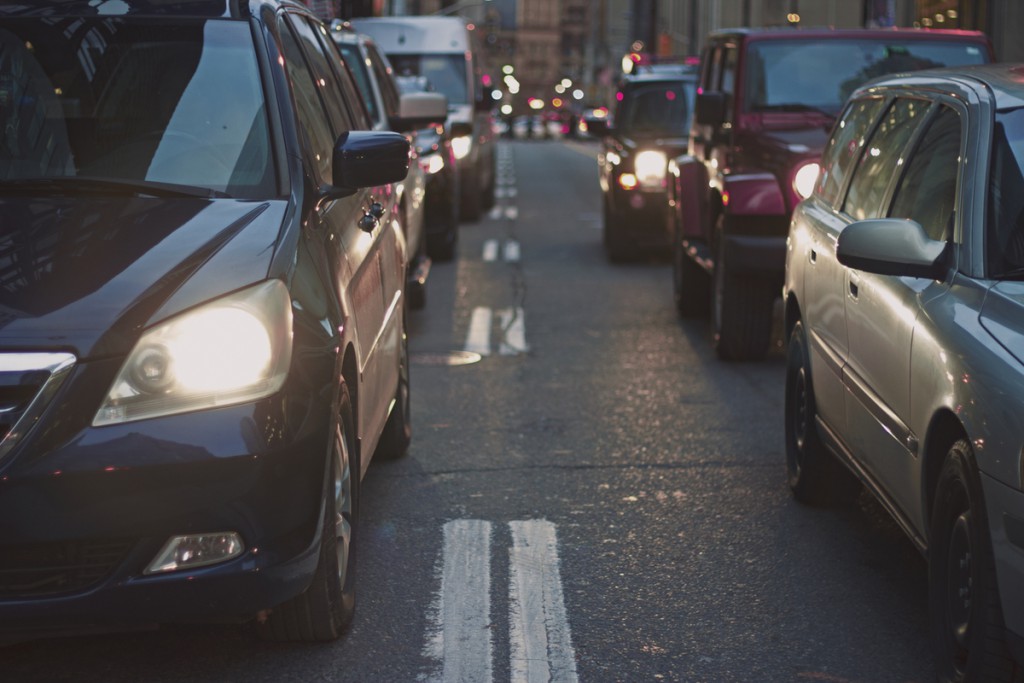
What is bioclimatic design?
Bioclimatic design, or designing cities with the climate in mind, can help us face the above challenges. These cities must include several elements, including:
- Spaces that take orientation and dominant winds into account, making the most of the available sunlight and natural ventilation.
- Well-designed streets that are protected from the elements in both summer and winter.
- Energy efficient architecture including passive construction and nearly-zero energy buildings that use sustainable materials and contribute to the well-being of their occupants.
- Vegetation which helps regulate the temperature in summer and reduce pollution caused by internal combustion vehicles.
- Colours, taking advantage of their bioclimatic powers to cool down the planet. White dissipates the sun rays, while black traps the sun’s heat.
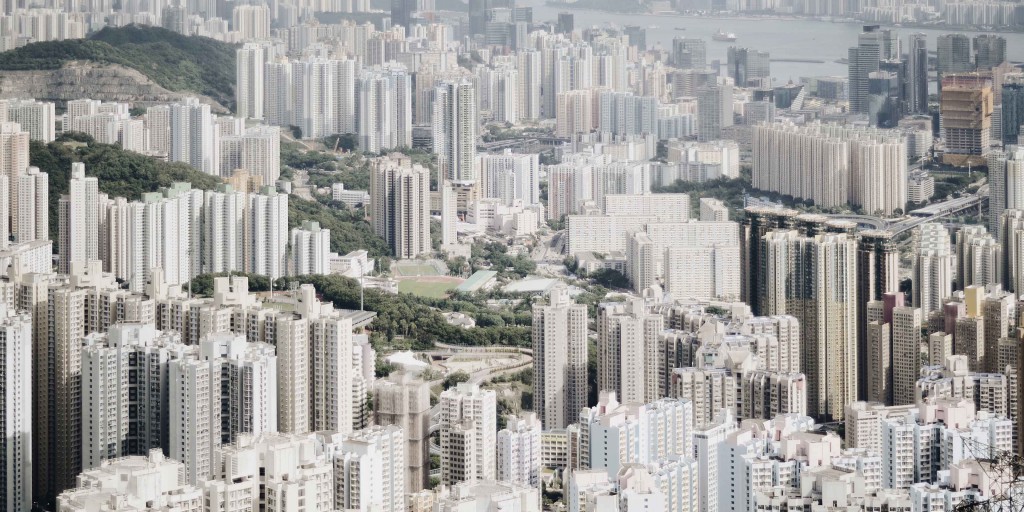
White as a natural thermal regulator
Light colours are very useful when it comes to cooling our cities with heat islands and getting one step closer to sustainability and energy efficiency. We frequently publish articles about the power of colour, its ability to improve our mood and the effect it has on our surroundings.
Take a look around and you will see light colours popping up all over urban areas. Cities are using white for aesthetic purposes and sustainability. White buildings and urban furniture will help us lower the temperature, improving our health and that of the planet.
This is all thanks to physics. White reflects the sun’s rays, absorbing less heat and thus preventing its excessive accumulation in urban areas.
Hashem Akbari, a researcher at Concordia University in Montreal, is one of the biggest champions of using the colour white as a bioclimatic solution. In 2010, Akbari created the Global Cool Cities Alliance (GCCA) to work with cities all over the world and help them adopt affordable measures to combat heat islands.
Ver esta publicación en Instagram
Urban cooling strategies: canopies and light-coloured pavement
What exactly should we ‘paint’ white to make this strategy more efficient? Akbari explains there are two basic elements that should form part of urban cooling strategies:
- Sidewalks, streets, and parking lots: Pavements make up approximately one third of urban surfaces. They are usually dark in colour, absorbing the sun’s heat and making cities hotter, which is why people are looking into ways that the pavement can be adapted to help cool a city down instead. The sidewalks in Phoenix and Los Angeles are made of innovative white materials that do just that.
- Canopies and roofs: two key elements that can help to cool down an urban area. Roofs painted cool colours, such as those in New York and Philadelphia, reflect the sun’s rays instead of absorbing the heat. In Barcelona, some areas have cool terraces with white canopies that increase the reflection coefficient i.e., the percentage of radiation that is reflected by the building.
Ver esta publicación en Instagram
Pavements and roofs make up an average of 60% of a city’s surfaces. Akbari states that replacing just ten square metres of dark roofing with white roofing can offset a tonne of CO2.
In The Guardian, Akbari took his ambition for a better world one step further. He calculated that roads and roofs make up 2.4% of the Earth’s surface. A global movement to change their colour would increase the amount of sunlight that reflects off our planet by 0.003%, cooling the Earth enough to cancel out the warming effect caused by 44 billion tonnes of CO2.
It won’t solve the problem of climate change, Akbari says, but could be a simple and effective weapon to delay its impact – just so long as people start doing it in earnest.
Ver esta publicación en Instagram
More green areas to ‘de-pollute’ the environment
We might be able to make white even more powerful by using something that is already a part of the urban landscape. A research team at the Institute of Environmental Science and Technology at the Autonomous University of Barcelona studied the effectiveness of combining cool-coloured canopies with more green spaces in urban areas, bringing the colour white and vegetation together.
The study looked at the Barcelona metropolitan area and showed that combining these two strategies results in more noticeable temperature reductions whenever it was hot.
One of the co-authors of the study, Sergi Ventura, explains that “[more white surfaces and green spaces] combine the benefits of lowering the temperature at night as a result of more urban greenery with cooler days thanks to the increased reflection coefficient and irrigation, which in turn reduce the effects of a heat wave over 24 hours”. He says that white rooftops can reduce temperatures in central, densely populated urban areas, while parks can help us cool off nearby.
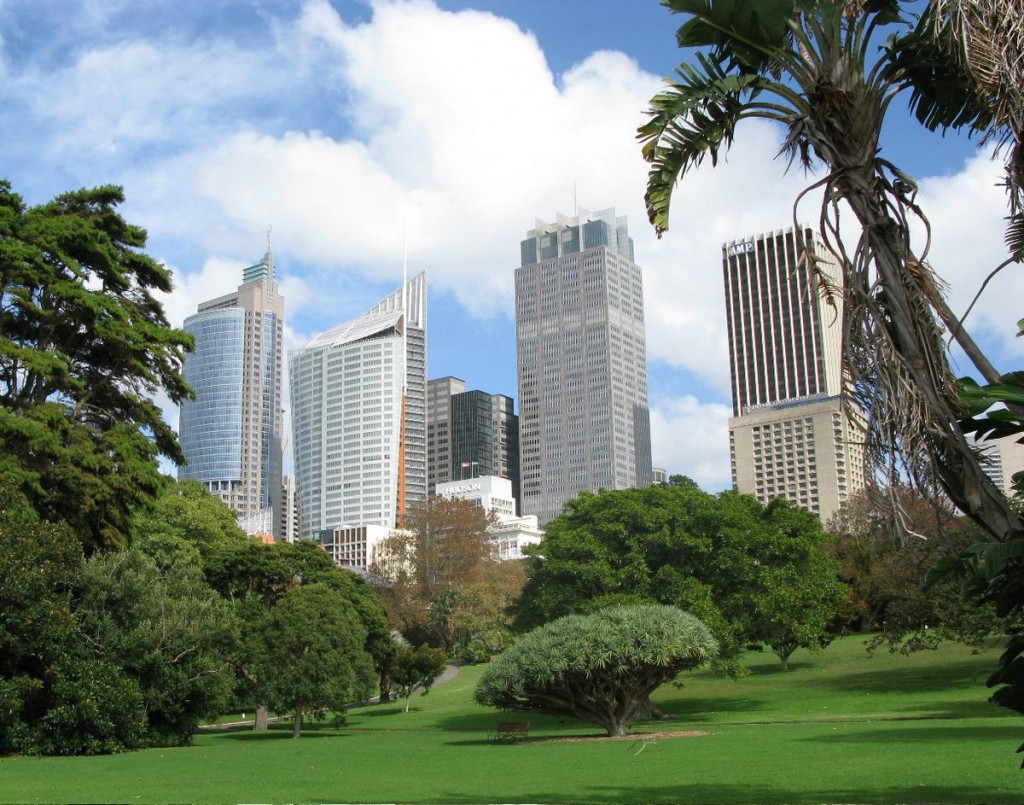
What do you think about painting modern urban areas white? Let us know on social media using #ConnectionsByFinsa.


